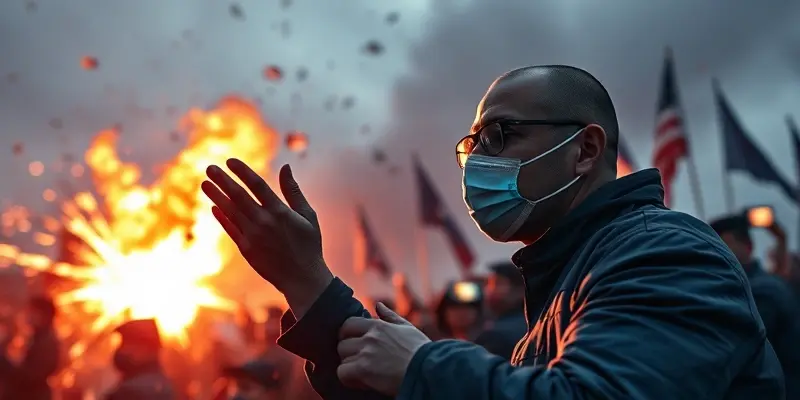Russia’s Military Equipment Regression: A Closer Look at the Tank Dilemma

In the realm of military strategy, Russia finds itself at a crossroads, navigating a path between modernization ambitions and the pragmatic demands of the battlefield. The latest reports reveal a paradoxical situation where Russia is, in some respects, taking a step backward in military equipment, particularly in its armored forces. Let’s delve into the intricacies of this complex situation.
Reliance on Post-WWII-Era Tanks
Use of Soviet-Era Tanks
- Russia’s approach focuses on refurbishing aging T-72 tanks to the T-72B3M standard and repurposing antiquated T-55 and T-62 models into heavily armored infantry fighting vehicles to bolster troop protection economically. This highlights the reliance on Cold War-era tanks like the T-55 and T-62, emphasizing tactical refurbishment over full modernization driven by battlefield losses.
Modern Tank Production Ambitions
Production Plans
- Russia is embarking on an ambitious program to produce and upgrade over 1,100 T-90M main battle tanks by 2029, aiming for a total of 1,700 tanks by 2036.
- Despite these plans, the current production rate (approximately 240 T-90Ms in 2024) has yet to fully compensate for the significant losses experienced in conflict zones.
Challenges and Implications
Industrial Constraints and Battlefield Realities
- Severe tank losses in conflicts like Ukraine coupled with resource limitations due to sanctions have posed challenges for Russia’s military industrial complex.
- The strategic prioritization of allocating the best tanks to elite units while deploying refurbished Soviet-era tanks highlights the material constraints and uneven distribution of advanced weaponry.
Wider Implications on Technology and Strategy
- Western analysts view Russia’s reliance on outdated tank models as a sign of diminishing technological superiority in armored warfare compared to NATO’s advanced tank capabilities.
- This regression in equipment quality hints at the economic pressures and capacity issues plaguing Russia’s defense industry amidst ongoing conflicts and stringent sanctions.
Conclusion: Balancing Modernization and Necessity
As Russia treads the delicate balance between aspiration and reality in its armored forces, the juxtaposition of refurbishing older tanks while investing in modernization projects reflects a nuanced strategy shaped by contemporary challenges. The evolution of Russia’s military equipment warrants close attention, offering insights into the intricate dynamics of military modernization in a complex global landscape.

